Monday, 22 April 2024
Menu
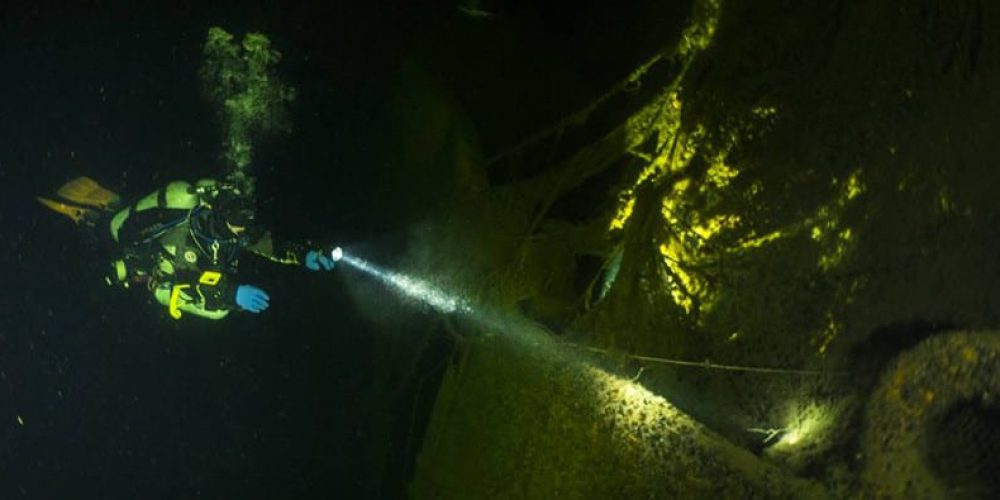
Professor Jacek Beldowski, who works at the Marine Biochemistry Laboratory of the Institute of Oceanology of the Polish Academy of Sciences, spoke at the recent Maritime Security Congress in Gdynia about what the Navy could do to solve the problem of chemical weapons lying on the bottom of the Baltic Sea.
The countries bordering the Baltic Sea are facing quite a problem. At the bottom of the sea there are sunken warfare agents from the Second World War – mines and bombs and, above all, chemical weapons. These are mainly sulphur yperite and arsenic-based agents – clark, adamsite and luisite, and also tabun in smaller quantities.
“We have here (in the Baltic – PAP) about half a million tonnes of conventional munitions and about 40,000 tonnes of chemical munitions. Some of the conventional munitions are armed and may explode if moved, but there are also, for example, mines with pressure protection – there are individual pieces still floating in the depths on steel cables. When such a rope breaks, the mine begins to rise and detonates after a change in depth. Such mines are tracked especially diligently by all navies, including the Polish one,” Prof. Beldowski explained in an interview with PAP.
Added to this is the risk of contamination. “As for the poisoning of people and fish – we have too little data to talk about the probability. However, poisonous substances leak from the bombs, the seabed in their immediate vicinity (up to 250 m) is contaminated. Some of these poisons accumulate in fish. At the moment this is at a very low level, because the clark detected in fish occurs in concentrations of nanograms per gram (thousands of times less than the toxic dose), so they do not endanger consumers. However, they have a negative impact on fish, which are, among other things, more susceptible to disease,” – describes the expert.
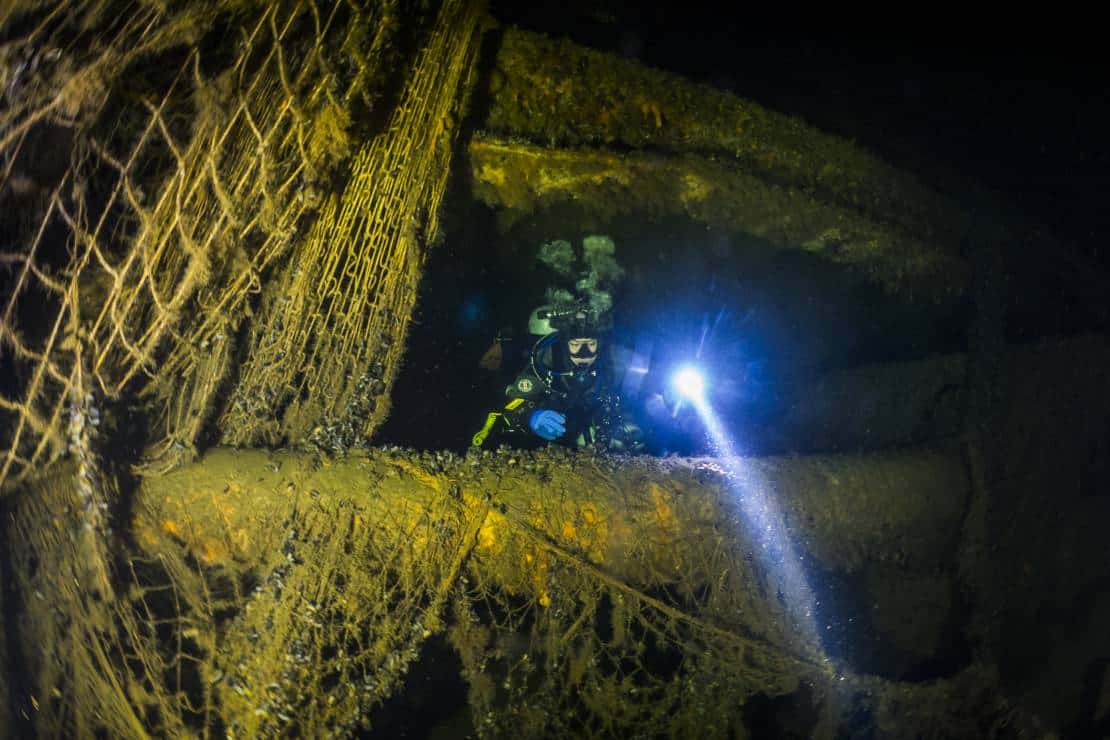
At the same time, he explains that if the leakage from the sunken weapons is the same as it is now or smaller – we are safe. However, if there is suddenly a big leak, “then we have a problem” – he says. Corrosion models suggest caution. Air bombs, he explains, should corrode to the rest around 2030, and shells, of which there are also a lot, around 2100. But that is the average corrosion rate. There is a lack of munitions inventory and monitoring of at least a few sites – only studies of the trend over time will allow for a more accurate forecast.
For these reasons the DAIMON (Decision Aid for Marine Munitions) project was established and is now in its second phase – DAIMON2. The Baltic countries are participating in it, with Poland playing a key role. “We are the ones who have brought together a group of institutions from Finland, Sweden, Denmark, Estonia, Norway, Lithuania and Germany and are integrating their research,” says Prof. Beldowski.
The Institute of Oceanology PAN is coordinating the activities of the other participants in the project. It is also involved in activities at sea – cruises, explorations, taking samples together with the Naval Academy (AMW), identifying findings and setting up further tasks. It also determines the biodiversity of organisms living in the area, analyses contamination. AMW also deals with underwater robots, models munitions corrosion and estimates human safety. The Military Technical Academy is also involved in the project. Although outside the programme, the University of Warsaw and the University of Gdansk are also providing assistance.

The first edition of DAIMON (2016-2019) produced the Decision Support System (DSS), a digital tool that allows public institutions and companies to assess the situation regarding the presence of munitions on the seabed, the presence of wrecks, sediments, fish quantities in relation to fishing, tourism or shipping. Based on artificial intelligence, the programme not only assesses the risk posed by the presence of the munitions, but also proposes the best solution – e.g. excavation and destruction, containment or controlled explosion.
The programme is based on several different activities. Firstly, field investigations were conducted in the Bornholm Deep, Gotland Deep, Gdansk Deep, Skagerrak Deep where chemical munitions are found in shipwrecks and in the Gulf of Finland and Kiel Deep, where conventional munitions were investigated. Secondly, toxicological studies in laboratories in Germany (AWI, von Thuenen Institute fot Ecology), Finland (SYKE, VERIFIN) and Poland (IOPAN, WAT, UW). Thirdly, mathematical models describing corrosion and spill velocity (AMW, FFI from Norway, Chalmers University of Technology from Sweden), spill propagation with sea currents (IO PAN) and chemical transformations of CW (WAT). All available knowledge from previous projects of the Institute of Oceanology PAS (CHEMSEA, MODUM), German projects (UDEMM and ROBEMM) and studies from the USA (University of Hawaii), Italy (CNR – Italian Science Council, University of Siena) and Belgium (VLIZ – Flemish Institute for Marine Research) were also collected.

The researchers have also developed a set of methods for studying the environment that allows for consistent and uncontested data. The researchers have given it the name ECO Toolbox. Now, during DAIMON2, they are popularising the created tools among relevant institutions and providing training aimed at them.
So can we expect the mining of Baltic weapons? “Such a decision is one of the options advised with the highest risk. But the final decision depends on the institutions responsible for the sea and the environment. In my opinion, we can expect at least isolated cases (of weapons mining – PAP). At present, conventional munitions are rather simply blown up, but this is not environmentally friendly, because they spread contamination. Chemical munitions are currently being mined in Japan and China. This is done by packing the munitions still at the bottom into sealed containers and transporting them to installations where they are destroyed in a closed system. In Poland, the Safe Baltic consortium has now been established, which has plans to duplicate a similar system”. – says Prof. Beldowski.
Source: PAP – Science in Poland, Marek Matacz
Photo: Michał Czermiński, Michał Procajło
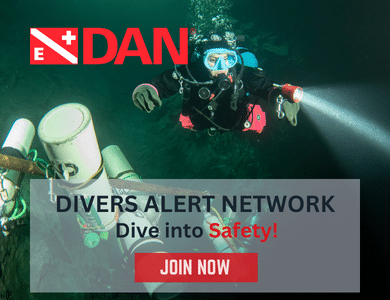





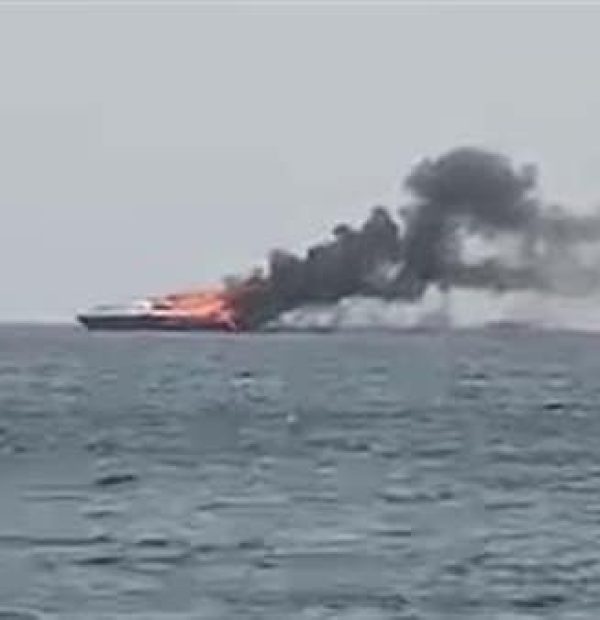
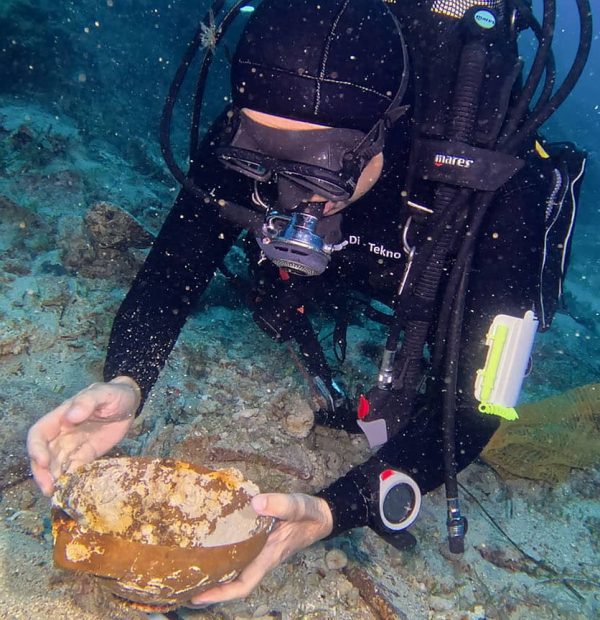
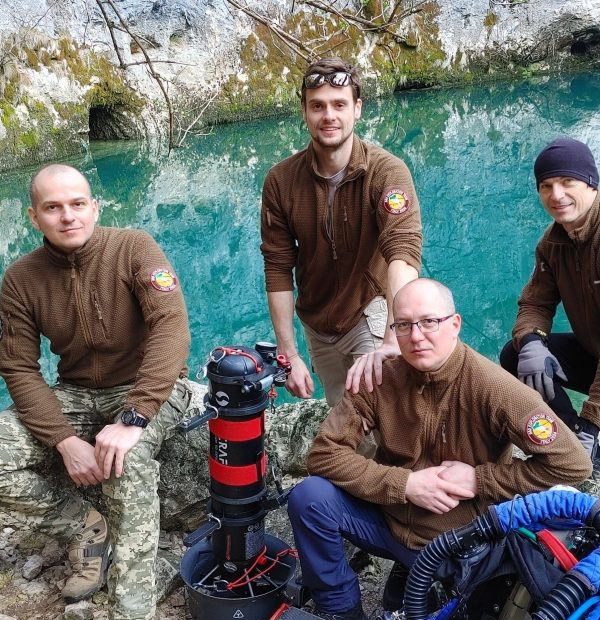

Welcome to DIVERS24.COM, your daily source of scuba news, freediving, scuba diving information, and equipment reviews. Our comprehensive coverage of the dive industry from A to Z provides you with all the latest scuba news, training updates, underwater photography tips, and everything else related to scuba diving. Whether you’re a beginner or an experienced diver looking for more knowledge about scuba gear or techniques – we’ve got it covered! With our in-depth articles written by experienced divers who have been there and done that, you are sure to find exactly what you need here at Divers24.com. Dive into scuba news today!
Underwater Media Sp. z o.o.
Szafarnia 11/F8,
80-755 Gdansk, Poland
Welcome to DIVERS24.COM, your daily source of scuba news, freediving, and scuba diving information. Sign in for a weekly news update and discount coupons for dive gear and apparel.
@2023 - underwatermedia.pl. All Right Reserved. Designed and Developed by Tworzenie stron internetowych Gdansk

The Divers24 portal is currently the largest online medium treating diving in Poland. Since 2010 we have been providing interesting and important information from Poland and around the world on all forms of diving and related activities.
Contact us: info@divers24.com